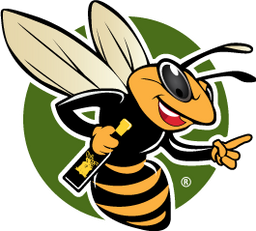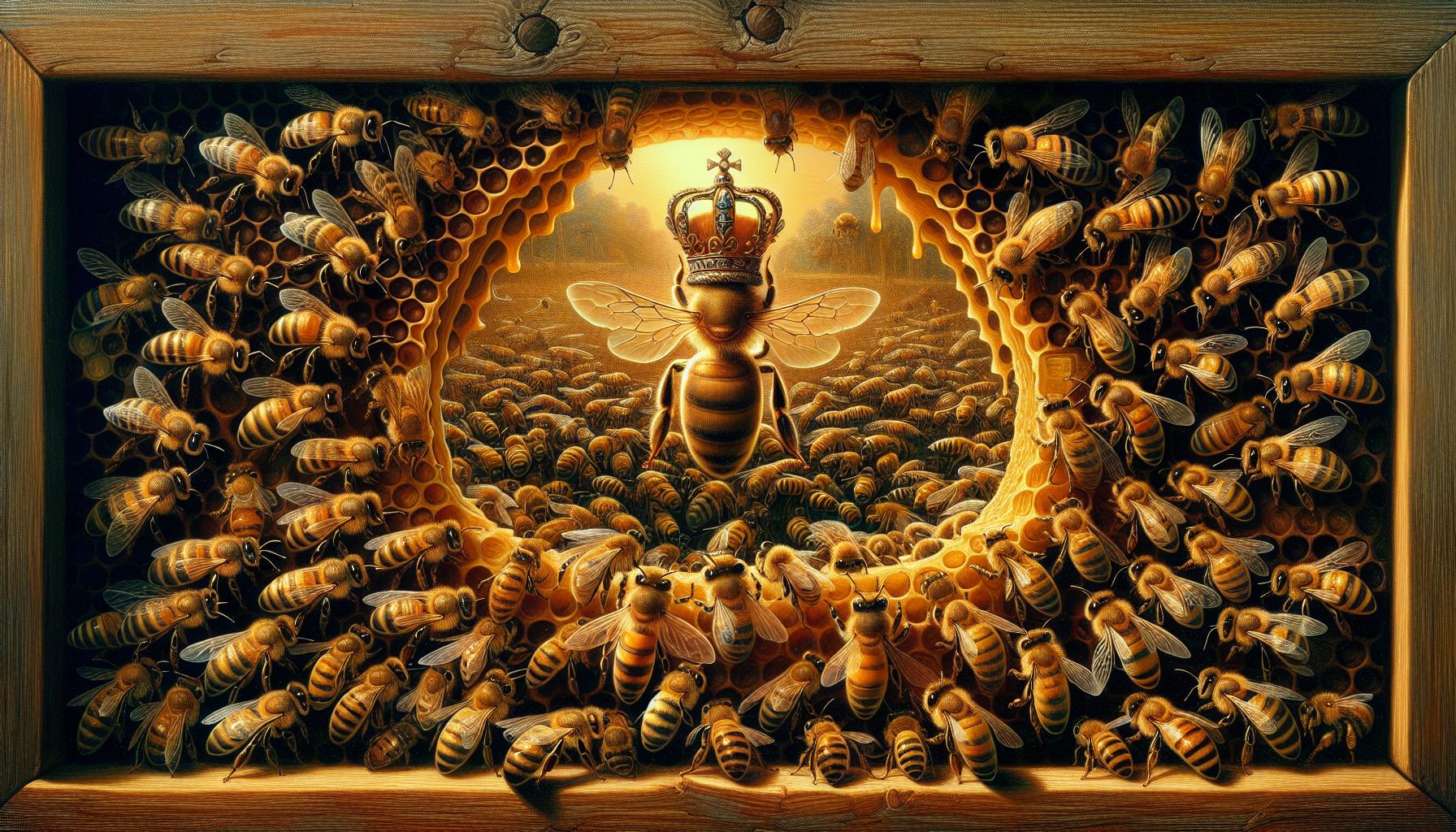In the fascinating world of beekeeping, queen bees play a crucial role in maintaining the health and productivity of a hive. Different varieties of queen bees bring unique traits that can significantly influence colony behavior, honey production, and disease resistance. Understanding these varieties is essential for beekeepers looking to optimize their hives and ensure thriving colonies.
From the prolific Italian queen known for her gentle nature to the hardy Carniolan queen that thrives in colder climates, each type offers distinct advantages. As beekeepers increasingly seek to enhance their practices, exploring the diverse characteristics of queen bee varieties becomes vital. This knowledge not only aids in selecting the right queen for specific environments but also contributes to the overall success of beekeeping endeavors.
Overview of Queen Bee Varieties
Queen bees vary in characteristics and traits, which affect hive performance, health, and productivity. Different breeds suit specific climates and beekeeping goals.
Italian Queen
The Italian queen is known for its gentle nature and high honey production. It thrives in warm climates, making it popular among beekeepers seeking a friendly breed. Italian queens produce more worker bees, which helps with hive strength and efficiency.
Carniolan Queen
The Carniolan queen adapts well to colder weather, making it ideal for regions with harsh winters. It displays increased resistance to diseases and pests, contributing to hive longevity. Its gentle temperament also satisfies beekeepers looking for a calm bee.
Russian Queen
The Russian queen stands out for its ability to survive extreme conditions and resist pests, such as Varroa mites. This breed typically exhibits a strong foraging instinct, enhancing hive productivity during nectar flows.
Buckfast Queen
The Buckfast queen combines traits from various breeds. It offers excellent honey yield, disease resistance, and adaptability. Beekeepers appreciate its consistent performance and strong genetics.
Cordovan Queen
The Cordovan queen is known for its unique coloring and gentle behavior. While not as common, it can produce a good honey crop. Its visual appeal makes it a favorite among hobbyist beekeepers.
Summary Table of Queen Bee Varieties
|
Variety |
Key Features |
Ideal Climate |
|
Italian |
Gentle, high honey production |
Warm climates |
|
Carniolan |
Cold hardy, disease resistant |
Cold climates |
|
Russian |
Survives extreme conditions, strong forager |
Variable |
|
Buckfast |
High yield, adaptable |
Variable |
|
Cordovan |
Unique coloring, calm |
Variable |
Understanding these queen bee varieties allows beekeepers to select the most suitable queen for their needs. This choice plays a critical role in the success and health of beekeeping operations.
Importance of Queen Bees in Beekeeping
Queen bees play a crucial role in the overall success of beekeeping. They influence hive health, honey production, and the colony's ability to thrive in various environments.
Role in Hive Health
Queen bees are central to maintaining hive strength. They lay eggs, ensuring a continuous supply of worker bees that help with foraging and hive maintenance. A healthy queen lays up to 2,000 eggs per day, promoting a robust population. Strong populations are less vulnerable to diseases and pests. Additionally, the queen produces pheromones that regulate worker bee behavior and hive organization, fostering cooperation and order among the bees.
Contribution to Honey Production
Queen bees significantly impact honey production. Strong queens lead to a larger workforce, which translates to increased foraging and honey collection. For example, an Italian queen known for its productivity can enhance honey output in favorable conditions. When beekeepers select the right queen based on the environment and desired outcomes, honey yield becomes maximized, supporting both local ecosystems and commercial needs.
Types of Queen Bee Varieties
Queen bees come in several varieties, each with unique traits that impact hive health and productivity. Understanding these queen bee types helps beekeepers choose the right queen for their specific needs.
Italian Queen Bees
Italian queen bees are known for their gentle nature and strong honey production. They thrive in warm climates, making them popular among beekeepers in temperate regions. Italian queens exhibit a high egg-laying capacity, with an average of up to 1,500 eggs per day. Their friendly disposition makes them easier to handle, encouraging a more harmonious hive environment.
Carniolan Queen Bees
Carniolan queen bees adapt well to colder climates, thanks to their hardiness. These queens can effectively utilize available resources during the spring bloom, which aids in early colony buildup. They tend to have excellent foraging skills and are less aggressive than other varieties, allowing for safe hive management. Carniolan queens also display good resistance to diseases, making them a reliable choice for beekeepers facing challenging conditions.
Russian Queen Bees
Russian queen bees are recognized for their adaptability to extreme weather conditions. These queens exhibit strong foraging instincts and can thrive in colder environments. Their ability to manage pest populations, particularly Varroa mites, is noteworthy. Russian queens often lay around 1,400 to 1,800 eggs daily, contributing to a robust and healthy hive. Their resilience and productive traits make them a valuable option for beekeepers in diverse settings.
Characteristics of Each Variety
Each queen bee variety exhibits specific traits that influence their behavior and effectiveness in the hive. Knowing these characteristics helps beekeepers make informed choices for their operations.
Temperament and Behavior
Italian queens are known for their gentle nature, making them easy to work with. They rarely display aggression, fostering a calmer hive environment. Carniolan queens, while also calm, show quick responses to changes in the hive, adapting swiftly to different conditions. Russian queens possess a more assertive demeanor, which can aid in establishing dominance in harsher environments. Buckfast queens showcase a friendly disposition, allowing for a more manageable beekeeping experience. Cordovan queens are also quite docile, adding to their appeal for hobbyists.
Honey Production Capacity
Italian queens excel in honey production, laying up to 1,500 eggs daily and supporting large, strong colonies. These colonies can yield a significant amount of honey during peak seasons. Carniolan queens, though not as prolific as their Italian counterparts, still produce a solid output due to their effective foraging skills. Russian queens can lay around 1,400 to 1,800 eggs each day, promoting hive growth, while Buckfast queens are valued for their high yield, especially in favorable climates. Cordovan queens also contribute well to honey production, although their primary appeal lies in their coloration and temperament.
Disease Resistance
Carniolan queens are particularly notable for their strong disease resistance, helping colonies thrive even in adverse conditions. Their ability to manage pests makes them a favorite among beekeepers concerned with hive health. Russian queens also show a high level of disease tolerance, contributing to colony survival in challenging environments. Italian queens tend to be less resistant to certain diseases but benefit from their large populations. Buckfast queens have been bred for improved resilience against common pathogens, providing beekeepers with reliable options. Cordovan queens, while not specifically bred for resistance, often exhibit good health traits due to their overall robust nature.
Conclusion
Selecting the right queen bee variety is crucial for successful beekeeping. Each type offers unique traits that can significantly influence hive health and productivity. By understanding the characteristics of varieties like the Italian, Carniolan, Russian, Buckfast, and Cordovan queens, beekeepers can make informed decisions tailored to their specific environments and goals.
This knowledge not only enhances honey production but also fosters a resilient and thriving bee population. As beekeeping continues to evolve, the importance of queen bee varieties will remain a key factor in sustaining healthy colonies and supporting the ecosystem. Embracing these insights equips beekeepers with the tools needed for long-term success.
Frequently Asked Questions
What is the role of queen bees in beekeeping?
Queen bees are crucial for the health and productivity of a hive. They lay up to 2,000 eggs daily and produce pheromones that help regulate the behavior of worker bees, enhancing hive organization and cooperation.
How do different queen bee varieties impact hive health?
Different queen bee varieties bring unique traits that affect hive health. For example, Italian queens are known for gentle behavior and high honey production, while Carniolan queens are hardy and disease-resistant, making them suitable for diverse climates.
What are the characteristics of an Italian queen bee?
Italian queen bees are gentle and productive. They thrive in warm climates and can lay around 1,500 eggs per day, making them a popular choice among beekeepers looking for high honey yields.
How does the Carniolan queen differ from other varieties?
The Carniolan queen is known for its adaptability to colder climates and excellent foraging skills. It also exhibits strong disease resistance, making it an excellent choice for beekeepers in harsh environments.
What are the benefits of keeping a Russian queen bee?
Russian queen bees are resilient and possess strong foraging instincts. They are effective at managing pests and adapt well to challenging conditions, helping maintain hive health and productivity.
What makes Buckfast queens popular among beekeepers?
Buckfast queens are appreciated for their high yield and friendly temperament, making them easy to handle. They have been bred for improved health against diseases, enhancing overall hive performance.
How many eggs can a queen bee lay in a day?
A healthy queen bee can lay between 1,400 to 2,000 eggs daily, depending on the variety and environmental conditions, ensuring a robust hive population to support honey production.
Why is understanding queen bee varieties important for beekeepers?
Knowing about different queen bee varieties helps beekeepers choose the right queen for their specific needs, which can significantly enhance hive productivity, health, and disease resistance.



